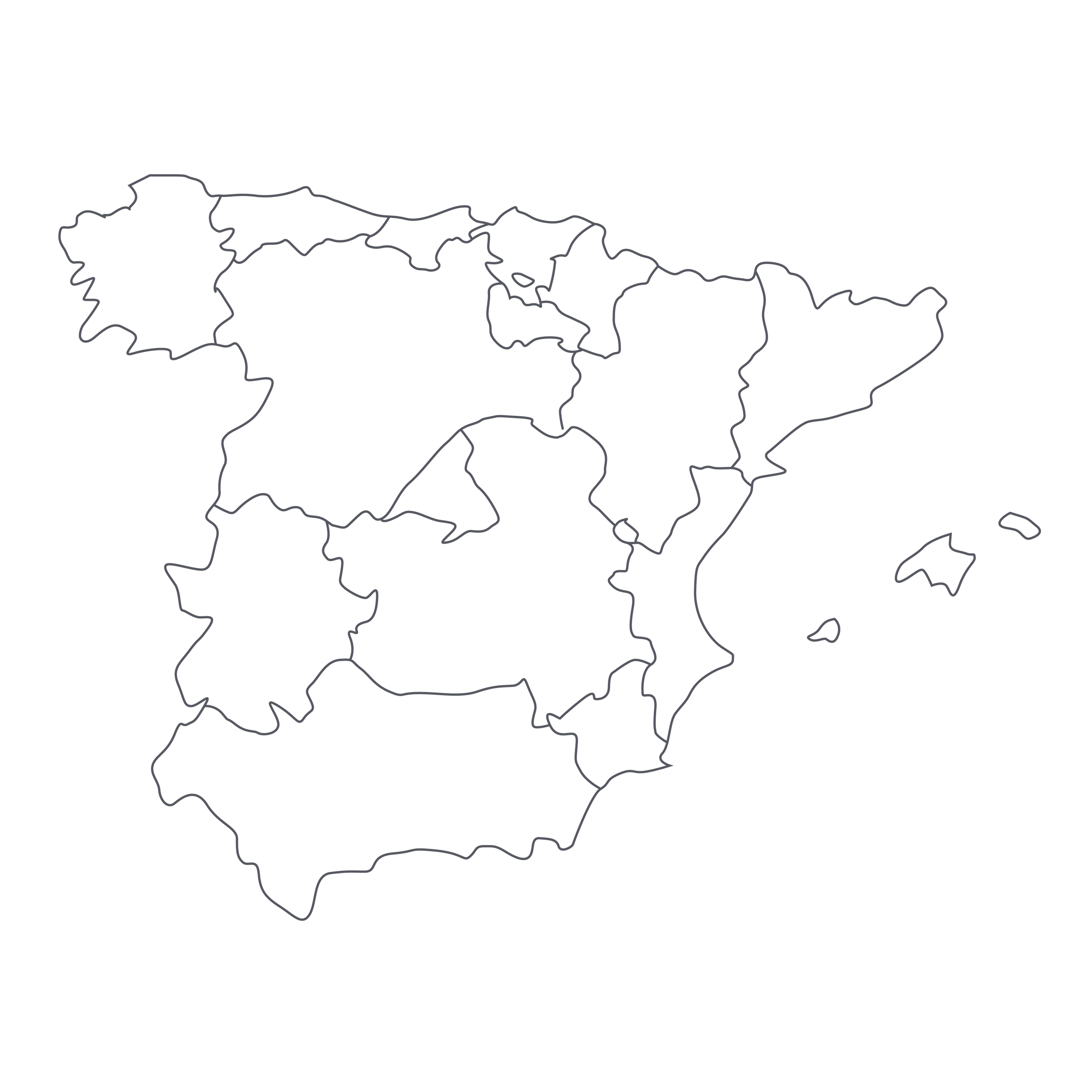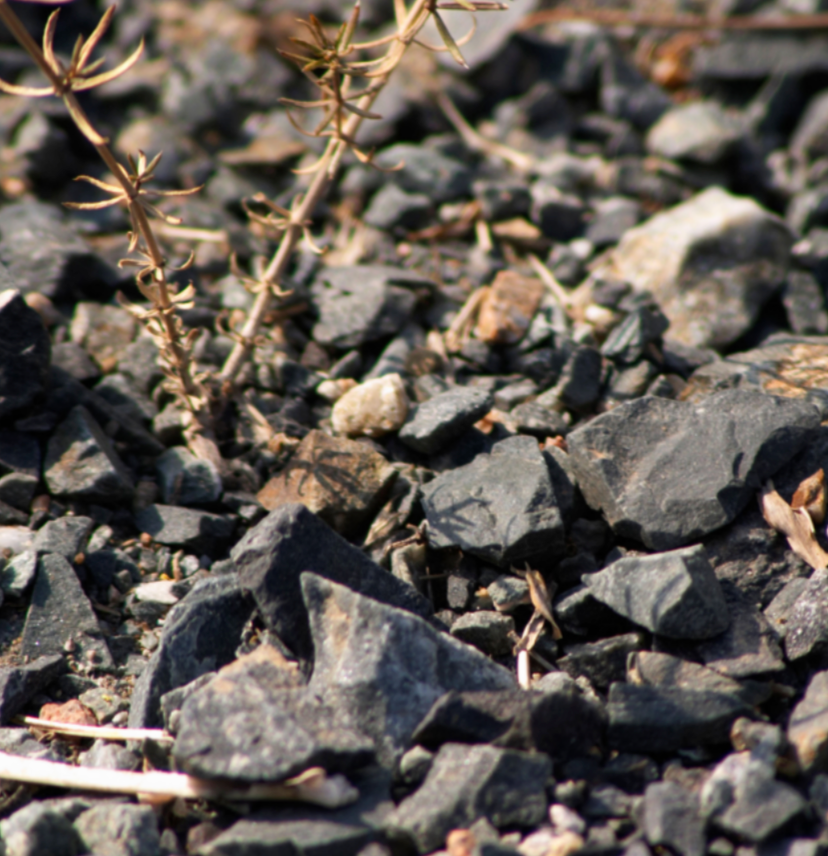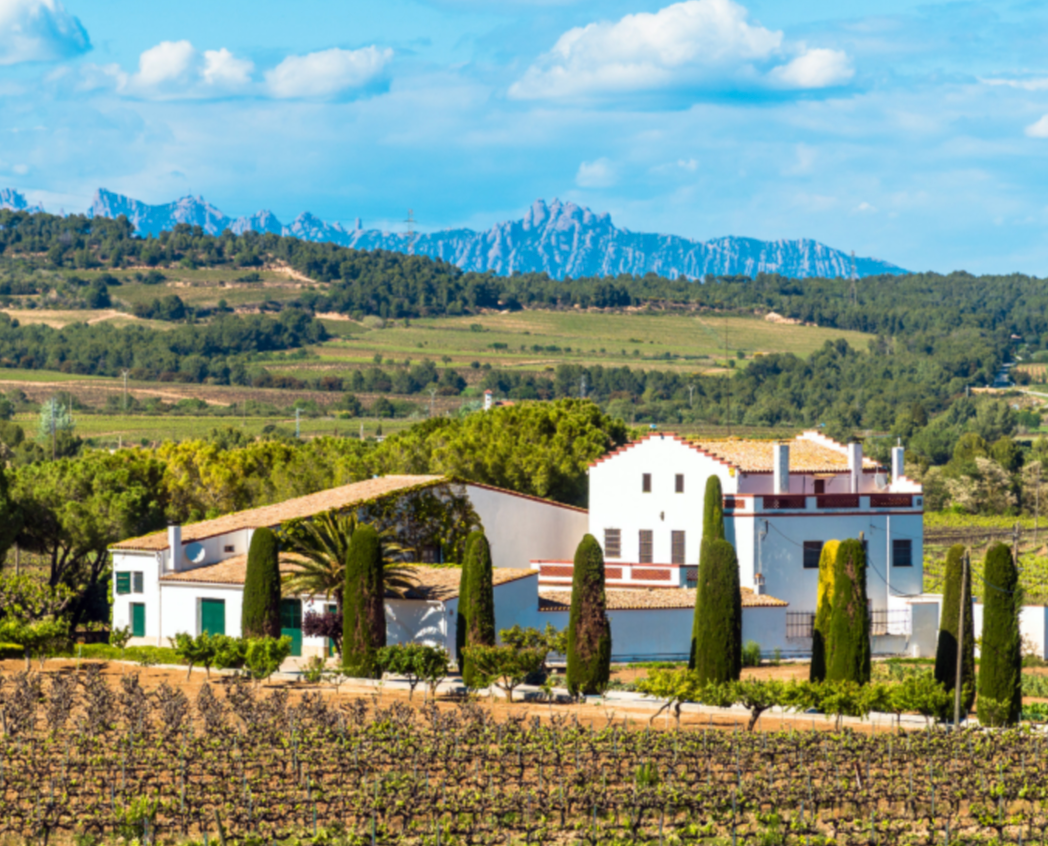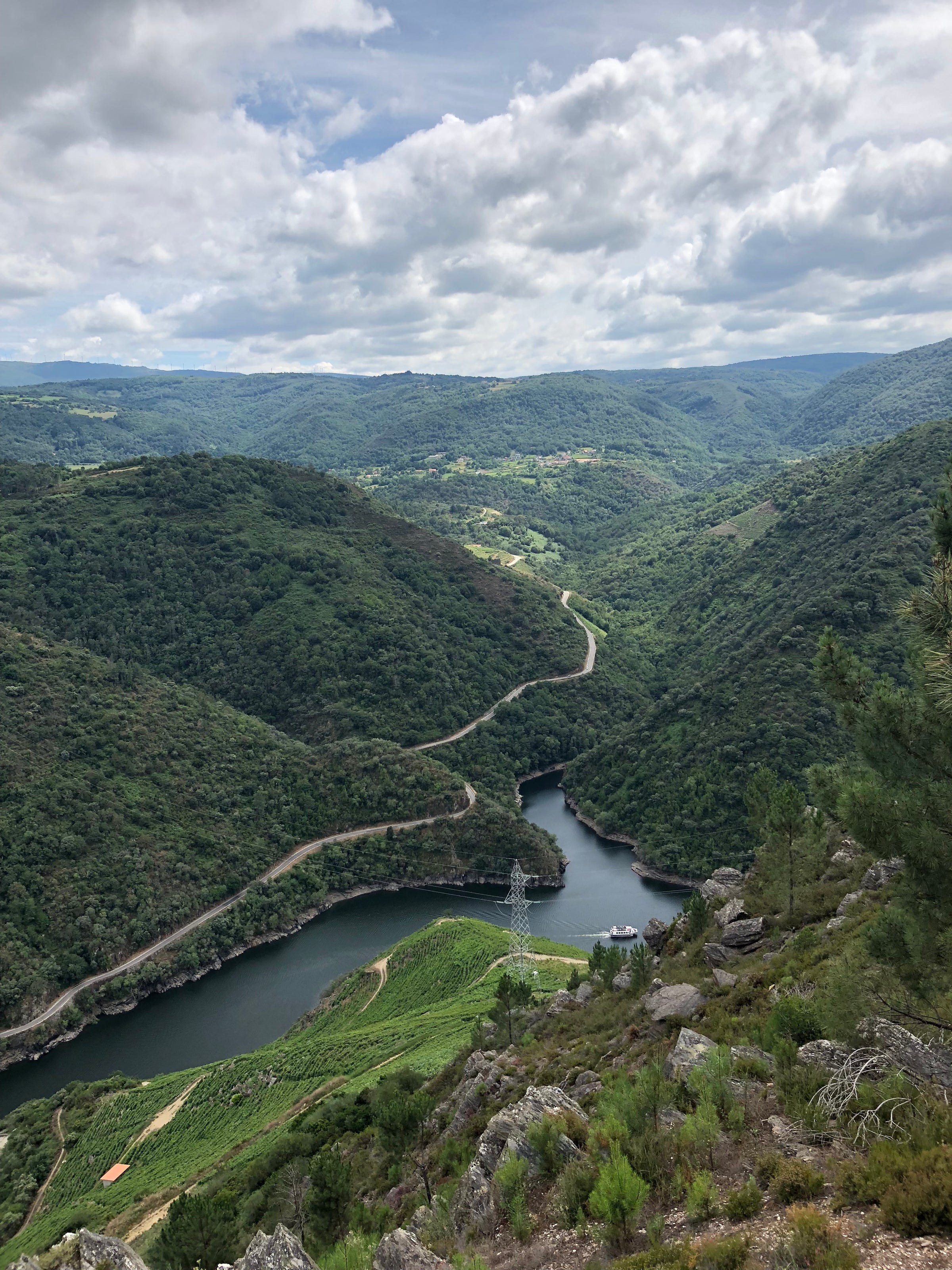The first revolution in Priorat wasn’t so long ago. In the 1990s, a handful of producers helped the world re-discover a spectacular, if forgotten, growing zone, with wines that wowed critics and consumers with their remarkable power and polish. Now there’s a second revolution afoot in Priorat, and it’s being led by producers like Terroir al Limit and epitomized by wines like “Torroja.”
This wine has become a touchstone for us. It is Priorat 2.0 (or maybe 3.0), characterized not by massive extraction and lavish oak treatment but rather a gentler “Burgundian” approach designed to maximize transparency and preserve energy. Gone are 225-liter barrels, replaced by concrete vats and large, neutral wood vessels (demi-muids and foudres). In the vineyards, now Certified Organic, Huber is obsessive about harvesting healthy, physiologically ripe fruit, then incorporates the whole grape clusters during fermentation to lend lift and grip. Where Priorat once followed more of a Bordeaux model (even to the point of incorporating Cabernet Sauvignon in blends), Terroir al Limit looks to Burgundy for inspiration. Today’s 2017 is the third vintage of this wine we’ve offered, and not surprisingly, the wine keeps getting better and better: Combining old-vine Grenache (Garnatxa Negra) and Carignane (Carinyena), the traditional varieties of Priorat, this ’17 has the concentrated dark fruit we’ve come to expect from the region but also a mineral footprint and freshness that is thrillingly new. It’s a revolutionary red that should not be missed!
Originally, Terroir al Limit was a collaboration between Eben Sadie, the well-known South African winemaker, and the German-born Huber, who had worked more in the business realm. In the intervening years, Sadie left to focus on his many South African projects, while Huber came aboard full time in 2007 and jumped headlong into organic viticulture. Although elevations in Priorat climb to 800 meters, this is not a “cool” region but rather hot, dusty, and dry. Much like Château Rayas in Châteauneuf-du-Pape, the nerve and aromatic lift of “Torroja” owes at least in part to old vines. As the wine’s importer, Eric Solomon, notes, “…Dominik farms rigorously to guarantee the health and vitality of his soils so they can retain as much moisture as possible, reducing the hydric stress on the vines in summer and allowing for an earlier harvest of physiologically ripe fruit.”
Having been to Priorat myself, I can tell you that I’m instantly transported there when sipping today’s wine. Located about 80 kilometers southwest of Barcelona, just inland from Tarragona and the Mediterranean Sea, Priorat’s upper reaches feel a little like a moonscape. The decomposed slate soils, known locally as llicorella, have a dark, blackish tint and are flecked with quartz and other minerals. Shards of llicorella are strewn between the vine rows and glisten in the sun, and when I think about the best Priorat wines I think about pulverized bits of that dark soil taken up through the vine’s roots and deposited into the Grenache and Carignane grapes. It really is a Priorat filtered through a Burgundian lens, with a level of energy and minerality that remains rare in the category.
“Torroja,” named for the village where the vineyards are located, is a blend of Grenache and Carignane sourced from vines ranging from 20-75 years of age, most of them rooted in llicorella but a few in some of the rare pockets of clay/limestone in the region. Over the years, Huber has stopped using 225-liter barriques for aging, opting instead for larger foudres from the Austrian cooper Stockinger. For this 2017, aging was carried out in a mix of foudres and concrete tanks, essentially removing any prominent oak-derived flavors from the equation.
In the glass, it’s a brilliant ruby with garnet reflections, showing off a bright and well-balanced mix of red and black fruits: raspberry, cherry, and plum aromas dance with violets, warm spices, crushed rocks, wild herbs, coffee grounds, and licorice. It is medium to medium-plus in body, with fine-grained tannins and lots of tension—deep and drinkable but a far cry from the syrup-rich style that first introduced many consumers to Priorat. Give it at least 30 minutes to aerate in a decanter before serving it in Burgundy stems at 60-65 degrees; it would be an absolute knockout with something rustic and Mediterranean-inspired to eat, like the Spanish pork-shoulder preparation known as pernil. This wine is not only great now but poised to evolve beautifully over the next 7-10 years, so consider stocking up for some memorable meals both now and in the future. Cheers!







